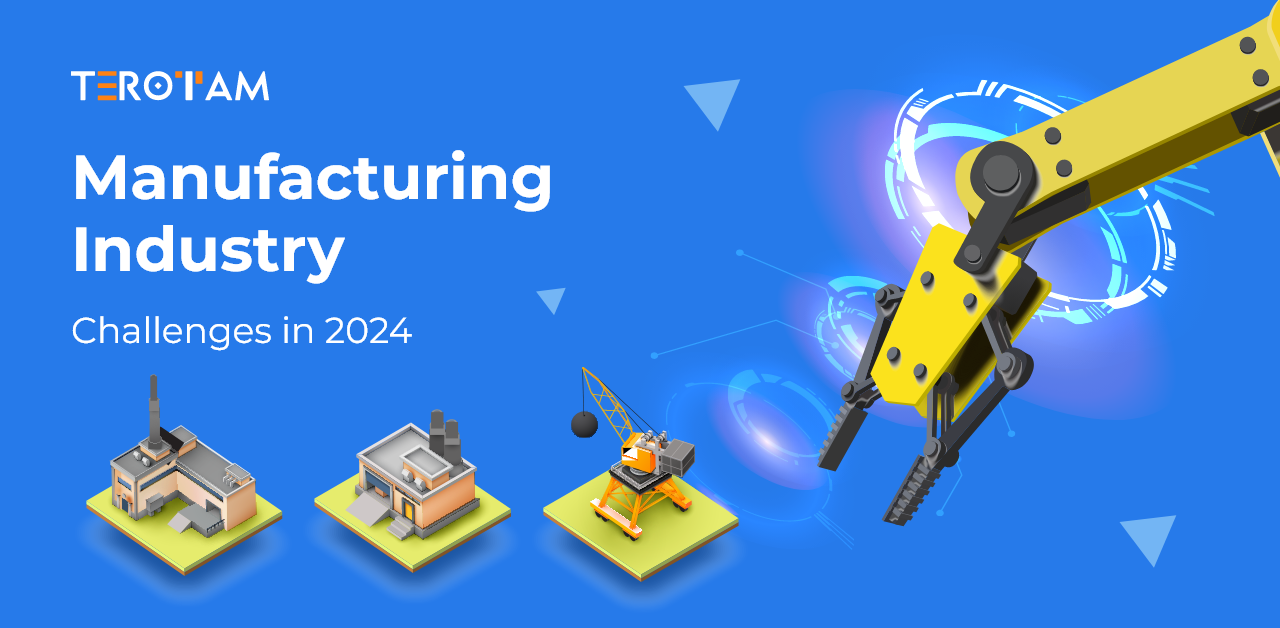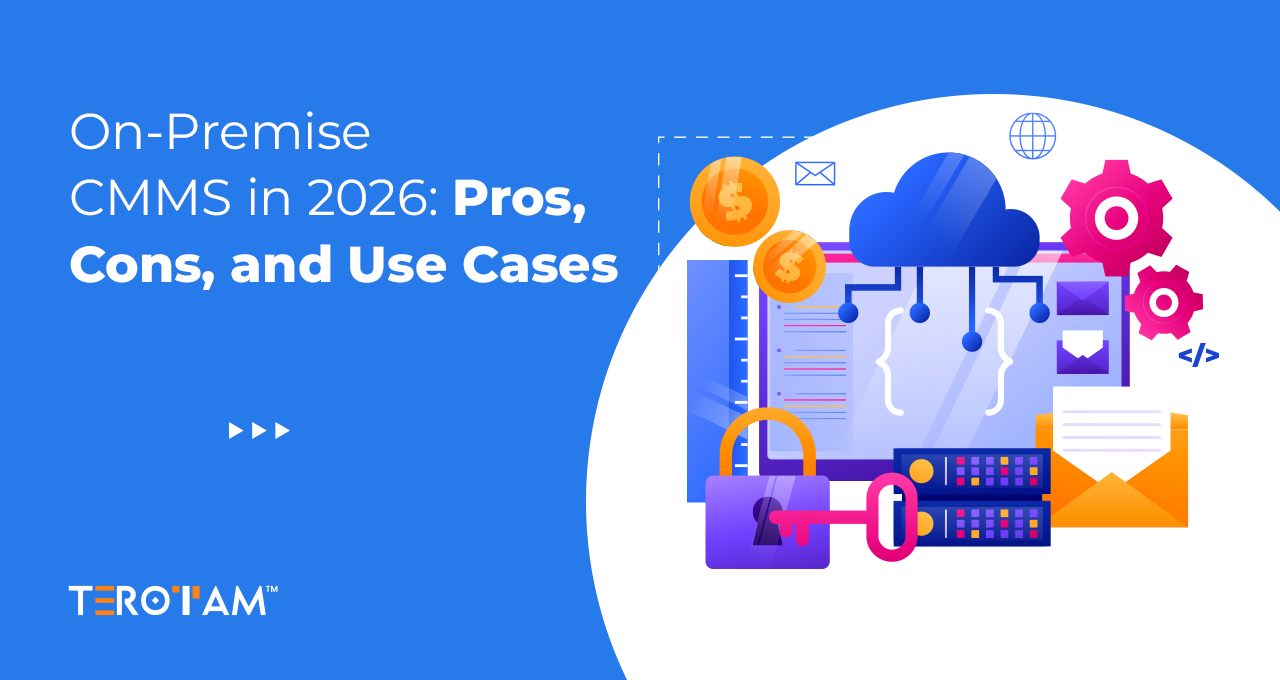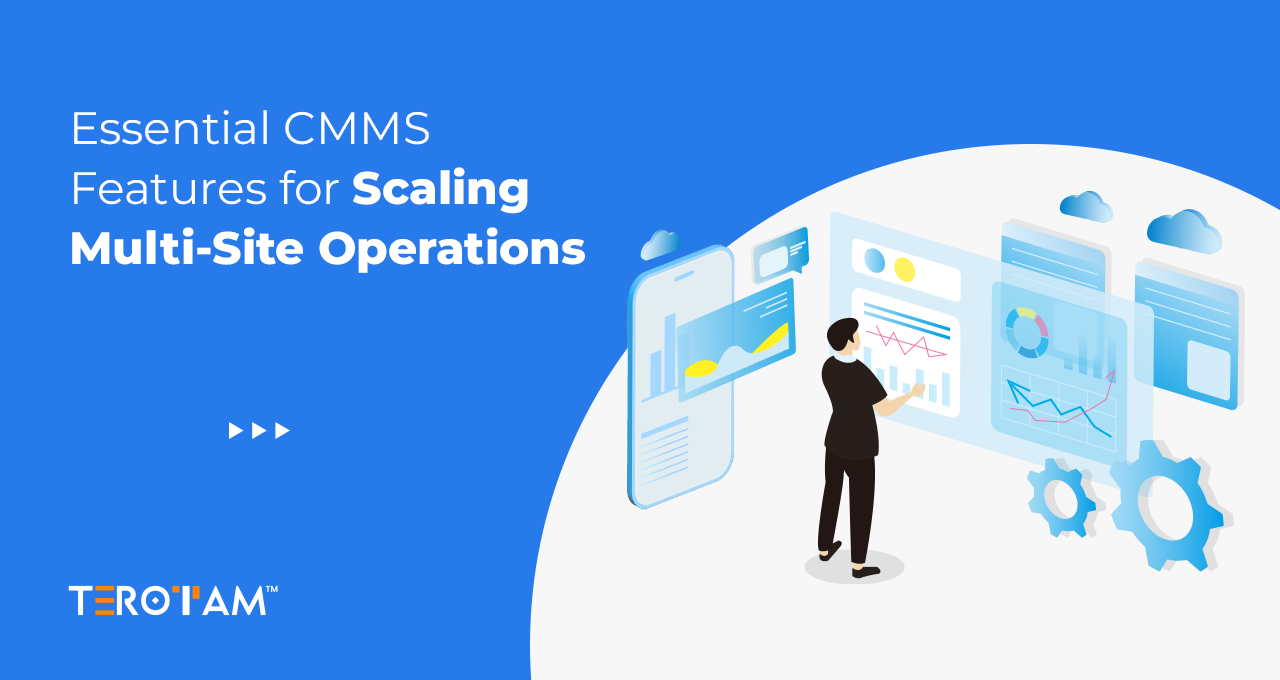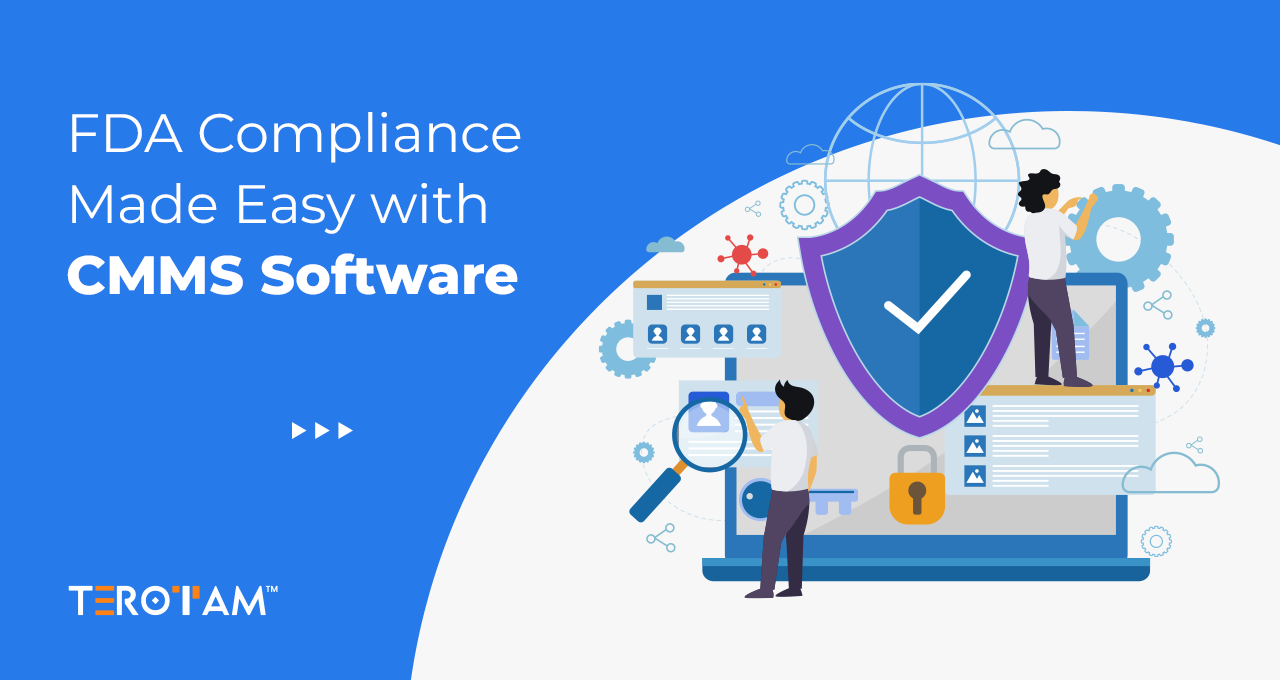The manufacturing industry has faced its share of tough challenges in recent years, and many of those disruptions are still being felt in 2025. Ongoing issues like supply chain delays, rising costs, and material shortages continue to shape how manufacturers operate and plan for the future.
This article explores potential emerging challenges as well as the continuing obstacles manufacturers deal with. Our goal is to shed light on challenges and solutions that can lead to a resilient manufacturing future by navigating the complexity of transportation costs, unplanned failures, and the changing macro environment.
So, let’s check it out quickly.
10 Crucial Challenges for Manufacturers in 2025
The business environment that manufacturers will encounter in 2025 will be difficult due to changes in the economy, advancements in technology, and unpredictability in geopolitics. This environment necessitates flexibility, creativity, and strategic vision to deal with present issues and foresee future disruptions.
Let’s check out some of the major challenges in this section.
1. Growing Rate of Inflation
The manufacturing industry is grappling with an escalating inflation rate, impacting the cost structure across the board. From raw materials to labor and operational expenses, the increasing inflationary pressures squeeze profit margins and necessitate strategic financial management to maintain competitiveness.
- Increased prices of raw materials, impacting production expenses.
- Higher labor costs due to wage inflation, affecting overall operational expenditure.
- Necessitates meticulous cost-cutting measures and financial planning.
- Requires dynamic pricing strategies to maintain competitiveness in the market.
2. Disruption in Supply Chain
The vulnerability of global supply chains persists in 2025, as manufacturers grapple with disruptions caused by geopolitical tensions, natural disasters, and unforeseen global events. The need for resilient supply chain management has never been more critical, requiring proactive strategies to navigate uncertainties.
- Tensions impacting global trade routes and transportation networks.
- Political uncertainties affecting cross-border transactions and partnerships.
- Implementation of robust risk assessment and mitigation strategies.
- Diversification of suppliers and distribution channels to enhance flexibility.
3. Shortages of Material
Material shortages persist as a significant challenge, influenced by both supply chain disruptions and heightened demand. Manufacturers face the daunting task of securing and managing essential materials for production, with potential consequences including delayed timelines and increased production costs.
- Disruptions in the supply chain affecting the availability of essential materials.
- Increased lead times for sourcing critical components.
- Dependency on a limited number of suppliers, intensifying vulnerability.
- Fluctuating demand amplifies challenges in inventory management.
- Potential impact on product quality due to substitutions or alternative materials.
- Complexities in negotiating favorable contracts with suppliers.
4. Transportation Cost
The rising costs of transportation, fueled by factors like fluctuating fuel prices and geopolitical tensions, present an ongoing challenge for manufacturers heavily reliant on efficient logistics. Navigating these cost pressures is crucial for maintaining competitiveness in the market.
- Escalating costs due to factors such as fluctuating fuel prices and geopolitical tensions.
- Limited ability to pass increased transportation costs onto consumers.
- Challenges in finding cost-effective and efficient alternative transportation routes.
- Increased competition for reliable transportation services.
- Difficulty in negotiating favorable contracts with logistics providers.
5. Unwanted Breakdown and Equipment Failures
Unplanned equipment failures and breakdowns pose a constant threat to manufacturing operations. The challenge lies in implementing effective preventive maintenance strategies to minimize downtime, production disruptions, and the associated financial losses.
- Risks of unplanned downtime due to equipment failures.
- Limited visibility into equipment health, hindering predictive maintenance.
- Aging infrastructure and outdated machinery increase failure risks.
- Inadequate training for maintenance staff on new or advanced equipment.
- Challenges in obtaining timely replacement parts for critical machinery.
- Difficulty in aligning maintenance schedules with production demands.
6. Increasing Cost of Facility Management and Maintenance
Facility management and maintenance costs are rising, encompassing expenses related to energy consumption, regulatory compliance, and routine upkeep. Manufacturers must carefully manage these increasing costs while ensuring operational efficiency.
- Rising energy expenses impacting overall operational costs.
- Limited options for adopting sustainable and cost-effective energy solutions.
- Challenges in retrofitting existing facilities to meet evolving environmental standards.
- Increasing costs of skilled labor for facility maintenance and management.
- Struggles in balancing energy efficiency with production demands.
7. Bottlenecks of Reactive Maintenance
Adopting a reactive approach to maintenance can create bottlenecks in operations, hindering overall productivity. Manufacturers must transition towards proactive maintenance strategies to identify and address issues before they escalate, reducing downtime and operational disruptions.
- Lack of proactive maintenance leading to operational interruptions.
- Inefficient allocation of resources for preventive maintenance.
- Insufficient data analytics for predicting maintenance needs.
- Resistance to cultural shifts from reactive to proactive maintenance.
- Difficulty in quantifying the long-term cost benefits of preventive measures.
8. Technology Advancement
While technological advancements offer opportunities for innovation, their rapid pace poses a challenge for manufacturers to keep up. Navigating the adoption of automation, artificial intelligence, and IoT requires strategic planning, workforce upskilling, and a careful balance between innovation and operational stability.
- Challenges in integrating and adapting to rapidly evolving technologies.
- Difficulty in assessing the return on investment for adopting new technologies.
- Shortage of skilled workers familiar with emerging technologies.
- Resistance to cultural shifts towards automation and digitalization.
- Potential disruptions in production during technology implementation.
9. Impact of Macro Environment
External factors such as war situations, pandemics, changes in business laws, and political instability continue to influence the manufacturing landscape. Adapting to the ever-changing macro environment demands agility, strategic planning, and a keen understanding of global dynamics.
- Uncertainties due to geopolitical events, war situations, and political changes.
- Difficulty in predicting and preparing for the impact of unforeseen geopolitical events.
- Increased risk exposure to global conflicts affecting supply chain stability.
- Navigating through regulatory changes and compliance challenges in different regions.
- Volatility in currency exchange rates impacting international trade and financial planning.
Other Factors
Additional challenges, including evolving consumer preferences, heightened market competition, and dynamic regulatory landscapes, contribute to the intricate tapestry of obstacles manufacturers face in 2025. Addressing these multifaceted challenges requires a holistic and adaptable approach to business strategies.
- Increased competition in the market and the need for continuous innovation.
- Rising entry of new players intensifying competitive pressures.
- Difficulty in maintaining a unique value proposition in a crowded market.
- Challenges in effectively differentiating products and services.
- Navigating pricing wars without compromising product quality.
- Navigating through complex and dynamic regulatory landscapes.
- Frequent changes in regulatory requirements impacting compliance.
- Rising costs associated with adapting to evolving regulatory standards.
- Navigating international trade regulations amid geopolitical uncertainties.
- Challenges in ensuring product safety and quality standards compliance.
- Legal complexities in dealing with intellectual property and patent issues.
CMMS Software – Quick Solutions for Manufacturing Challenges
In 2025, staying competitive in the manufacturing industry means more than just keeping machines running — it’s about working smarter. That’s where Computerized Maintenance Management Systems (CMMS) come into play. These smart tools are transforming the way manufacturers manage operations, helping them tackle everyday challenges with ease and efficiency
Here’s how CMMS can help manufacturers overcome common roadblocks and build a more resilient, future-ready operation:
Asset Management
CMMS facilitates proactive asset management by providing a centralized platform for scheduling and tracking routine maintenance tasks. This approach helps enhance the asset life cycle by preventing unplanned downtime and equipment failures, saving both time and resources.
Inventory Management Optimization
Material shortages and supply chain disruptions can be mitigated through CMMS by optimizing inventory management. The system provides real-time insights into stock levels, allowing for better planning and reducing the risk of running out of crucial materials.
Enhanced Operations Management
CMMS offers a centralized platform for tracking and managing maintenance activities, providing valuable data that can enhance overall operations management. This real-time information allows manufacturers to identify potential disruptions and take preemptive measures to maintain a smooth flow of materials.
Cost-Efficient Facility Management
The rising costs of facility management and maintenance can be effectively managed with CMMS. By streamlining maintenance processes, tracking expenses, and identifying cost-saving opportunities, manufacturers can ensure efficient facility management within budget constraints.
Preventive Maintenance
CMMS utilizes data analytics and machine learning to enable predictive maintenance. Such software systems can predict when maintenance is needed, allowing manufacturers to address issues with equipment performance data and analytics before they lead to unplanned downtime or equipment failures.
TeroTAM CMMS Software – Transforming Manufacturing Challenges into Opportunities
AAs the manufacturing industry navigates the intricate challenges of 2025, the need for strategic solutions becomes essential for sustained growth and resilience. Computerized Maintenance Management Systems (CMMS) serve as a cornerstone, delivering a comprehensive approach to asset management, inventory control, operational efficiency, and cost-effective facility maintenance.
For manufacturers dealing with the complexities of today’s evolving landscape, integrating a CMMS into their operations not only solves immediate issues but also builds the foundation for a future-ready, high-performing organization.
If your organization is facing these challenges, explore the transformative power of TeroTAM CMMS Software for a smarter maintenance solution. Request a demo today and take the first step toward a more streamlined, resilient, and efficient manufacturing future.








